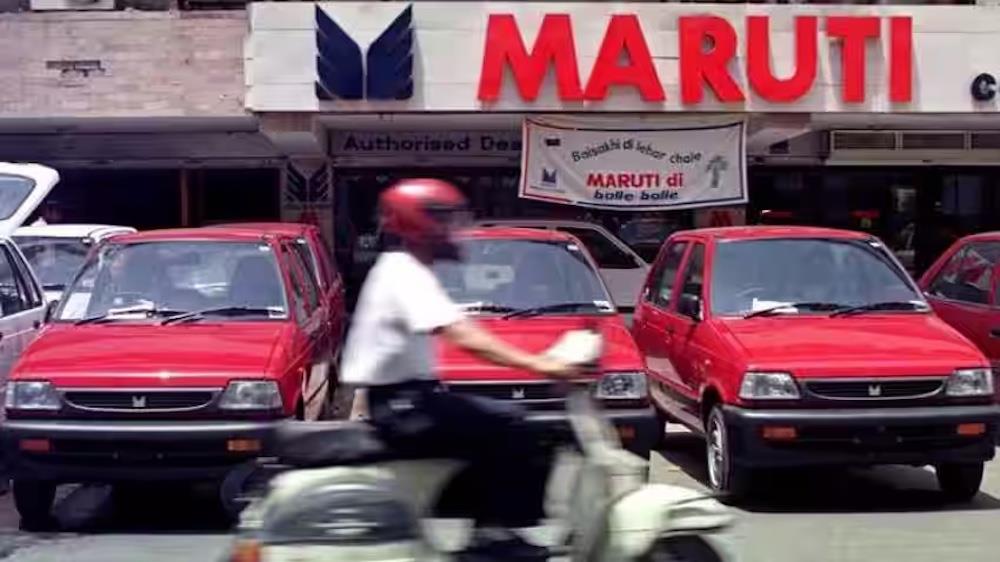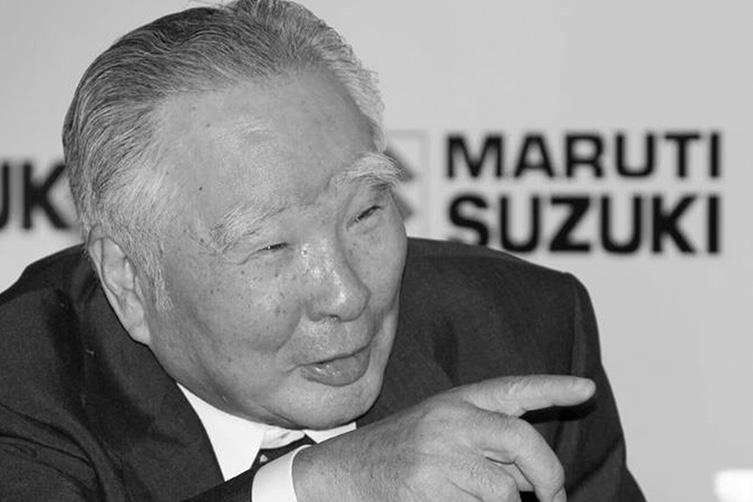
The Passing Of A Japanese Automaking Icon
Suzuki built the company established by his father into the tenth largest automaker in the world and the largest in India, where subsidiary Maruti Suzuki has more than 40% of the market. Akio Toyoda , chairman of Toyota Motor, called him the father of mini-vehicles – the“people's car” of Japan.
Suzuki was born Osamu Matsuda in Gifu Prefecture in 1930. After graduating from university and working at a local bank, he married Shoko Suzuki, the daughter of Michio Suzuki, the founder of Suzuki Motor Corporation. Adopted into the family in accordance with Japanese custom, he changed his name to Osamu Suzuki and joined the company in 1958.
Climbing up the management ladder, Osamu Suzuki was appointed senior managing director in 1972, president and CEO in 1978, and chairman in 2000. In 2021, he retired to become a senior advisor to the company. His son, Toshihiro, is currently president and CEO of Suzuki Motor.
Michio Suzuki founded the Suzuki Loom Works in the Pacific coast village of Hamamatsu, Shizuoka Prefecture, in 1909. Looking to diversify along with Japan's industrial economy, he began working on compact gasoline-powered passenger cars in 1937, a project interrupted by World War II.
After the war, he turned to motorized bicycles and motorcycles, changing the name of his company to Suzuki Motor Co, Ltd in 1954. The following year, the company launched its first passenger car.
This history parallels that of Toyota Motor, which started as Toyoda Automatic Loom Works in 1926. An auto division established in 1933 became Toyota Motor in 1937.
Suzuki Motor had considerable success with the ultra-compact light vehicles called kei jidosha (Kei cars) in Japanese. The Suzuki Fronte sedan, its successor, the Alto, and other passenger car models have proved to be strong sellers in Japan and overseas.
The Alto going through nine editions since its introduction in 1979. Suzuki Carry pickups, first introduced in 1961, are still popular with farmers and others driving Japan's narrow rural roads.
To meet regulations, Kei cars, which include passenger cars, light vans and small pickup trucks, must be no more than 3.4 meters long, 1.48 meters wide and 2.0 meters high, and have an engine displacement of less than 660 cubic centimeters.
Over the years, Suzuki Motor expanded into compact cars with engine displacements of up to 1.8 liters for the highest-performance models, but Kei cars still account for the majority of its auto production and sales.
Into IndiaBy the 1980s, Osamu Suzuki was ready to take Suzuki Motor overseas but was afraid that it might not survive direct competition with Toyota, Nissan and Honda in the US market.
So when a delegation from India showed up in Japan looking for a company willing to contribute capital and expertise to its infant auto industry, he jumped at the chance. No one else did.
In 1981, Suzuki Motor entered into a joint venture with Maruti Udyog, buying 26% of the company from the Indian government. Production of light vehicles began in December 1983, and as the business grew, Suzuki bought more shares until the renamed Maruti Suzuki became a consolidated subsidiary.
Listed on the Indian stock market in 2003, Maruti Suzuki is now 54.27%-owned by Suzuki Motor.

Maruti Suzuki dominates India's fast-growing auto market. Image: X Screengrab

Legal Disclaimer:
MENAFN provides the information “as is” without warranty of any kind. We do not accept any responsibility or liability for the accuracy, content, images, videos, licenses, completeness, legality, or reliability of the information contained in this article. If you have any complaints or copyright issues related to this article, kindly contact the provider above.


























Comments
No comment